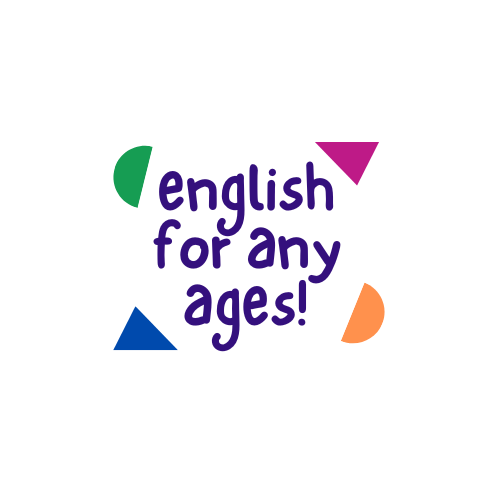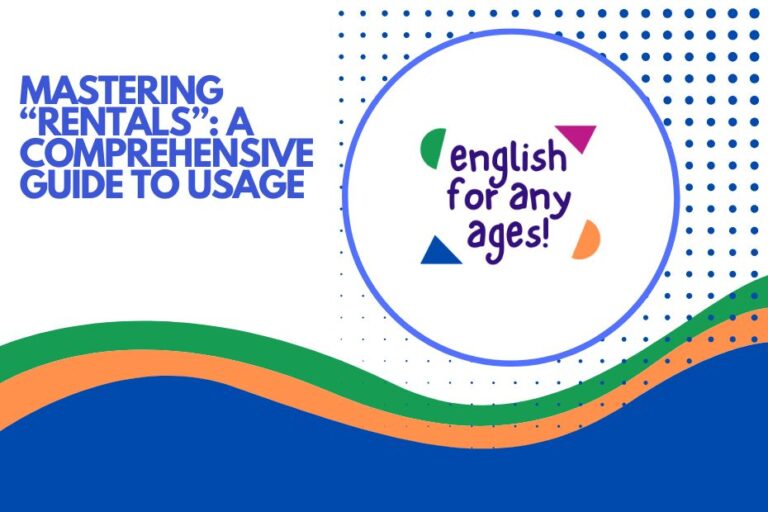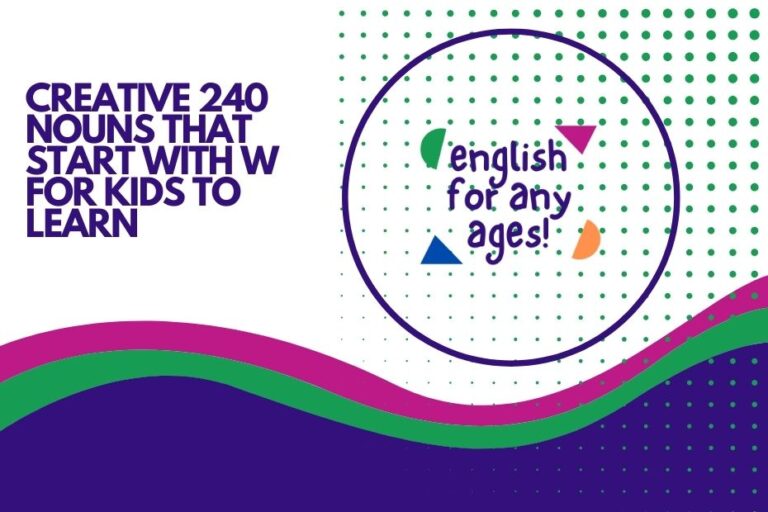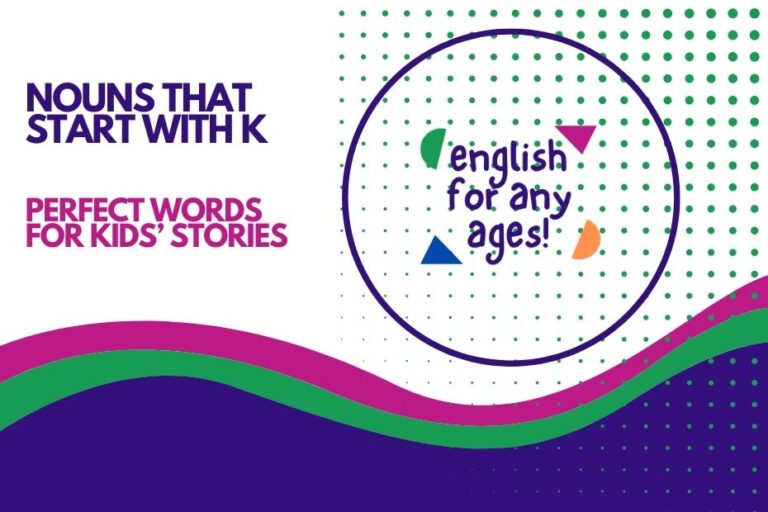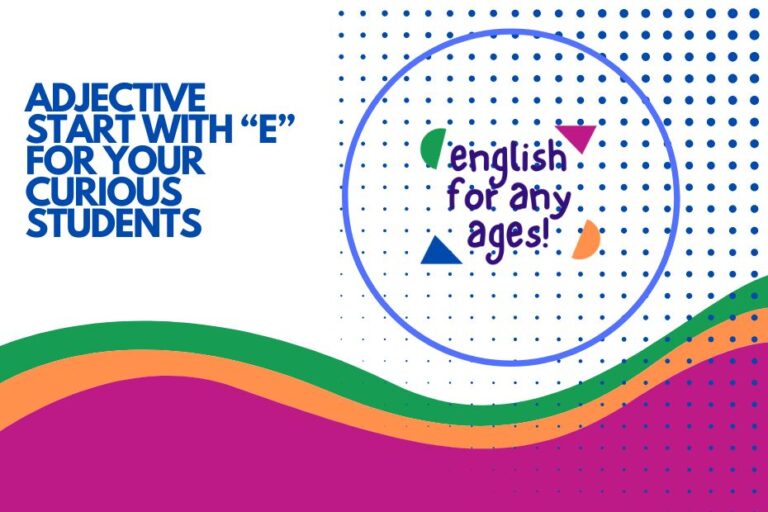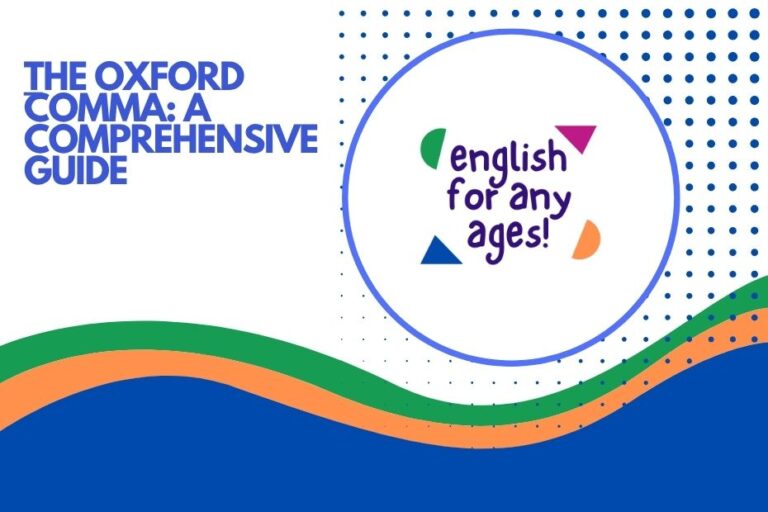Nouns that Start with C – Learning Made Easy for Kids
Nouns play a vital role in language, as they name people, places, things, or ideas. Nouns that start with the letter “C” offer a wide variety, ranging from concrete objects to abstract concepts. These nouns are key in expanding vocabulary and adding depth to communication. Some examples include:
- Concrete nouns like “cat” and “car”
- Abstract nouns like “courage” and “curiosity”
In this article, we explore different types of nouns that start with “C” and their uses.
Examples of Nouns that Start with C
Nouns starting with “C” encompass a wide range of concepts, from tangible objects like “cat” and “car” to abstract ideas such as “courage” and “creativity.” These examples enrich vocabulary and help in expressing a variety of thoughts and ideas.
Proper Noun
A specific name identifying a unique person, place, organization, or thing. It is always capitalized, distinguishing it from general or common nouns.
1. Canada
“Canada” is a proper noun because it refers to a specific country.
2. Charles
“Charles” is a proper noun because it is a specific person’s name.
3. Chicago
“Chicago” is a proper noun because it refers to a specific city.
4. Coca-Cola
“Coca-Cola” is a proper noun because it is a specific brand name.
5. Cambridge
“Cambridge” is a proper noun because it refers to a specific place.
6. California
“California” is a proper noun because it represents a specific state.
7. Christopher
“Christopher” is a proper noun because it is a specific name.
8. Columbia
“Columbia” is a proper noun because it refers to a specific university or region.
9. Chrysler
“Chrysler” is a proper noun because it represents a specific car brand.
10. Copenhagen
“Copenhagen” is a proper noun because it refers to a specific city.
11. Christ
“Christ” is a proper noun because it refers to a specific religious figure.
12. Cancun
“Cancun” is a proper noun because it is a specific tourist destination.
13. Cambridge University
“Cambridge University” is a proper noun because it is a specific institution.
14. Carnegie Hall
“Carnegie Hall” is a proper noun because it is a specific landmark.
15. Chanel
“Chanel” is a proper noun because it represents a specific fashion brand.
Common Noun
A generic name for people, places, objects, or ideas. It isn’t capitalized unless it starts a sentence or is part of a title.
1. Cat
“Cat” is a common noun because it represents a general animal often kept as a pet.
2. Car
“Car” is a common noun because it refers to a general vehicle used for transportation.
3. Chair
“Chair” is a common noun because it denotes a piece of furniture used for sitting.
4. Cloud
“Cloud” is a common noun because it represents a visible mass of condensed water vapor in the sky.
5. Cup
“Cup” is a common noun because it is a general item used to drink liquids.
6. Computer
“Computer” is a common noun because it refers to a general machine used for processing information.
7. Calendar
“Calendar” is a common noun because it refers to a system for organizing days and events.
8. Coin
“Coin” is a common noun because it refers to a general form of money made from metal.
9. Cake
“Cake” is a common noun because it represents a sweet baked dessert.
10. City
“City” is a common noun because it denotes a large town or urban area.
11. Collar
“Collar” is a common noun because it refers to the part of a shirt or jacket around the neck.
12. Crane
“Crane” is a common noun because it refers to a type of bird or a machine used for lifting.
13. Cupboard
“Cupboard” is a common noun because it is a storage space for dishes and food.
14. Country
“Country” is a common noun because it refers to a nation or state with defined borders.
15. Castle
“Castle” is a common noun because it represents a fortified structure from medieval times.
Abstract Noun
Refers to intangible concepts like emotions, qualities, or ideas that cannot be detected through the senses but are understood through thought or feeling.
1. Courage
“Courage” is an abstract noun because it represents the quality of being brave.
2. Clarity
“Clarity” is an abstract noun because it represents the quality of being clear and easy to understand.
3. Compassion
“Compassion” is an abstract noun because it denotes a feeling of sympathy and concern for others.
4. Creativity
“Creativity” is an abstract noun because it refers to the ability to create something original and imaginative.
5. Confidence
“Confidence” is an abstract noun because it represents the feeling of self-assurance.
6. Curiosity
“Curiosity” is an abstract noun because it denotes a desire to learn or know about something.
7. Calmness
“Calmness” is an abstract noun because it represents the state of being peaceful and free from agitation.
8. Confusion
“Confusion” is an abstract noun because it denotes a lack of clarity or understanding.
9. Comfort
“Comfort” is an abstract noun because it refers to a state of physical or emotional ease.
10. Control
“Control” is an abstract noun because it represents the power to manage or influence something.
11. Conscience
“Conscience” is an abstract noun because it refers to a sense of right and wrong.
12. Cooperation
“Cooperation” is an abstract noun because it refers to the process of working together for a common purpose.
13. Competition
“Competition” is an abstract noun because it represents the activity of competing with others.
14. Consistency
“Consistency” is an abstract noun because it denotes the quality of being reliable and steady.
15. Charity
“Charity” is an abstract noun because it refers to the voluntary giving of help to those in need.
Concrete Noun
Represents physical objects or substances that can be perceived through the senses, such as seeing, hearing, touching, tasting, or smelling.
1. Chair
“Chair” is a concrete noun because it’s a physical object used for sitting.
2. Car
“Car” is a concrete noun because it’s a physical object used for transportation.
3. Cup
“Cup” is a concrete noun because it’s a physical object used for drinking liquids.
4. Cat
“Cat” is a concrete noun because it’s a physical animal that can be touched.
5. Cookie
“Cookie” is a concrete noun because it’s a physical object that can be eaten.
6. Camera
“Camera” is a concrete noun because it’s a physical device used to capture images.
7. Clock
“Clock” is a concrete noun because it’s a physical object used to tell time.
8. Cloud
“Cloud” is a concrete noun because it refers to a visible formation in the sky.
9. Coat
“Coat” is a concrete noun because it’s a physical item worn for warmth.
10. Computer
“Computer” is a concrete noun because it’s a physical object used for processing information.
11. Candle
“Candle” is a concrete noun because it’s a physical object that provides light.
12. Container
“Container” is a concrete noun because it’s a physical object used for holding things.
13. Ceiling
“Ceiling” is a concrete noun because it’s the upper interior surface of a room.
14. Comb
“Comb” is a concrete noun because it’s a physical object used to arrange hair.
15. Cart
“Cart” is a concrete noun because it’s a physical object used for carrying items.
Collective Noun
A singular word used to describe a group of individuals, animals, or things considered as a single entity or unit.
1. Colony
“Colony” refers to a group of animals or plants of the same kind, often living together in one place.
2. Class
“Class” is used for a group of students or individuals sharing similar characteristics or status.
3. Cluster
“Cluster” is a group of similar things or people gathered together, such as a cluster of stars or grapes.
4. Choir
“Choir” refers to a group of singers who perform together, usually in a church or other setting.
5. Crowd
“Crowd” denotes a large group of people gathered together, often in a public place or event.
6. Clan
“Clan” refers to a large family group or community, typically sharing a common ancestry or heritage.
7. Committee
“Committee” is a group of people selected for a specific task, often within an organization or government.
8. Crew
“Crew” refers to a group of workers or individuals who operate a vehicle, ship, or aircraft together.
9. Cartel
“Cartel” is a group of businesses or organizations that join together to control markets or production.
10. Council
“Council” refers to a group of people elected or appointed to make decisions for a community or organization.
11. Choir
“Choir” refers to a group of individuals who sing together, often in a religious or formal setting.
12. Convoy
“Convoy” is a group of vehicles traveling together, often for protection or coordination.
13. Cluster
“Cluster” is used for a group of similar objects or people gathered together closely.
14. Coterie
“Coterie” refers to a small, exclusive group of people with shared interests or a common goal.
15. Carton
“Carton” refers to a large box or container, typically used for packaging goods in bulk.
Countable Noun
Names objects or entities that can be counted individually, having both singular and plural forms, such as “book” and “books.”
1. Cat
“Cat” is a countable noun as it refers to an animal, and you can count cats.
2. Car
“Car” is countable because it represents a vehicle, and you can count cars.
3. Chair
“Chair” is countable because it refers to a piece of furniture that can be counted.
4. Cup
“Cup” is countable because it denotes an object you can count, like cups used for drinking.
5. Coin
“Coin” is countable because you can count the number of coins in your possession.
6. Cloud
“Cloud” is countable because you can observe and count the number of clouds in the sky.
7. Country
“Country” is countable because you can count the number of countries in the world.
8. Computer
“Computer” is countable because you can count individual computers in a collection.
9. Candle
“Candle” is countable as you can count each individual candle in a set.
10. Cake
“Cake” is countable because you can count the number of cakes in a bakery or at a party.
11. Class
“Class” is countable because it refers to a group of students or a lesson, which can be counted.
12. Cell
“Cell” is countable because you can count the number of cells in a biological context.
13. Camera
“Camera” is countable because you can count the number of cameras you own or use.
14. Clip
“Clip” is countable because it refers to a small item, such as a paper clip, that can be counted.
15. Castle
“Castle” is countable because it refers to a structure that can be counted, such as multiple castles.
Uncountable Noun
Describes substances, ideas, or concepts that cannot be counted individually, often treated as singular, like “water” or “advice.”
1. Coffee
“Coffee” is an uncountable noun because it refers to a substance, not individual items.
2. Cheese
“Cheese” is uncountable as it represents a mass of the food, not discrete pieces.
3. Chalk
“Chalk” is an uncountable noun because it’s a substance rather than individual pieces.
4. Courage
“Courage” refers to a quality or abstract idea, not something you can count.
5. Cloud
“Cloud” is uncountable as it refers to a mass or collection of water vapor.
6. Cash
“Cash” refers to money in general, not specific coins or bills.
7. Creativity
“Creativity” is abstract, representing an idea, not countable objects.
8. Clothing
“Clothing” refers to materials like fabric, not individual clothes.
9. Content
“Content” refers to the information inside something, not countable items.
10. Courage
“Courage” is an uncountable quality, not something you can divide into individual pieces.
11. Communication
“Communication” represents an idea or process, not individual messages.
12. Control
“Control” refers to the act of managing something, not individual actions.
13. Cream
“Cream” is uncountable as it’s a mass substance, not individual parts.
14. Cloudiness
“Cloudiness” is a state or condition, not something you can count.
15. Construction
“Construction” refers to the process or materials as a whole, not individual items.
Compound Noun
A single noun formed by combining two or more words, which can be written as separate words, hyphenated, or as a single word.
1. Cupcake
“Cupcake” is a compound noun because it combines “cup” and “cake” to represent a small, individual-sized cake.
2. Classroom
“Classroom” is a compound noun because it combines “class” and “room” to describe a room used for teaching.
3. Cowboy
“Cowboy” is a compound noun because it combines “cow” and “boy” to refer to a person who works with cattle.
4. Calendar
“Calendar” is a compound noun because it combines “cal” (a shortened form of “calendarium”) and “ender” to refer to a system of organizing time.
5. Carpark
“Carpark” is a compound noun because it combines “car” and “park” to describe an area where cars are parked.
6. Cakewalk
“Cakewalk” is a compound noun because it combines “cake” and “walk” to refer to an easy task or competition.
7. Cloudscape
“Cloudscape” is a compound noun because it combines “cloud” and “scape” to describe a scenic view of clouds.
8. Creditcard
“Creditcard” is a compound noun because it combines “credit” and “card” to describe a plastic card used for financial transactions.
9. Crossroad
“Crossroad” is a compound noun because it combines “cross” and “road” to refer to a place where two or more roads intersect.
10. Cupboard
“Cupboard” is a compound noun because it combines “cup” and “board” to describe a storage area for dishes and utensils.
11. Checkbook
“Checkbook” is a compound noun because it combines “check” and “book” to refer to a book containing checks for writing payments.
12. Cheesecake
“Cheesecake” is a compound noun because it combines “cheese” and “cake” to describe a dessert made primarily from cheese.
13. Cityscape
“Cityscape” is a compound noun because it combines “city” and “scape” to refer to a view or scene of a city.
14. Copycat
“Copycat” is a compound noun because it combines “copy” and “cat” to describe a person who imitates others.
15. Cloudburst
“Cloudburst” is a compound noun because it combines “cloud” and “burst” to describe a sudden, intense rainfall.
Singular and Plural Noun
Singular nouns refer to one entity, while plural nouns indicate two or more entities, often formed by adding “s” or “es.”
1. Cat / Cats
“Cat” is singular for the animal, while “cats” is plural for multiple animals.
2. Cup / Cups
“Cup” is singular, used for holding liquids, and “cups” refers to more than one.
3. Child / Children
“Child” is singular for a young human, and “children” is the plural form.
4. Cloud / Clouds
“Cloud” is singular, and “clouds” is plural for multiple clouds in the sky.
5. Car / Cars
“Car” refers to a single vehicle, and “cars” refers to more than one.
6. City / Cities
“City” is singular, and “cities” is plural for more than one urban area.
7. Candle / Candles
“Candle” is a single item used for light, while “candles” is plural for multiple.
8. Coin / Coins
“Coin” is a singular form of currency, and “coins” refers to more than one.
9. Classroom / Classrooms
“Classroom” refers to one room for learning, and “classrooms” refers to multiple.
10. Chair / Chairs
“Chair” is a single piece of furniture, and “chairs” refers to more than one.
11. Collar / Collars
“Collar” refers to a single neck garment, and “collars” refers to more than one.
12. Clown / Clowns
“Clown” refers to a single performer, and “clowns” refers to more than one.
13. Clip / Clips
“Clip” is singular, referring to a small fastening, while “clips” is plural.
14. Chain / Chains
“Chain” refers to a single link system, while “chains” refers to multiple connected links.
15. Cloud / Clouds
“Cloud” refers to one cloud, while “clouds” is the plural for more than one.
Possessive Noun
Indicates ownership or belonging, typically created by adding an apostrophe and “s” or just an apostrophe for plural possessive forms.
1. Cat’s
“Cat’s” shows possession, like “The cat’s toy.”
2. Child’s
“Child’s” denotes ownership, like “The child’s book.”
3. Car’s
“Car’s” refers to possession, as in “The car’s engine.”
4. City’s
“City’s” represents possession, like “The city’s park.”
5. Country’s
“Country’s” shows belonging, as in “The country’s flag.”
6. Chef’s
“Chef’s” denotes ownership, like “The chef’s knife.”
7. Captain’s
“Captain’s” represents possession, as in “The captain’s ship.”
8. Camera’s
“Camera’s” shows ownership, like “The camera’s lens.”
9. Clown’s
“Clown’s” denotes possession, like “The clown’s hat.”
10. Crab’s
“Crab’s” represents belonging, as in “The crab’s claw.”
11. Chair’s
“Chair’s” shows possession, like “The chair’s leg.”
12. Customer’s
“Customer’s” denotes ownership, like “The customer’s order.”
13. Cow’s
“Cow’s” refers to possession, like “The cow’s milk.”
14. Crown’s
“Crown’s” represents possession, as in “The crown’s jewels.”
15. Clock’s
“Clock’s” shows ownership, like “The clock’s hands.”
Appositive Noun
A noun or phrase placed beside another noun to explain, rename, or provide additional detail about it within the sentence.
1. Captain
“Captain” is an appositive noun, providing a title or role for someone in charge.
2. Cat
“Cat” is an appositive noun, describing a domestic animal often kept as a pet.
3. Chef
“Chef” is an appositive noun, defining a professional cook or kitchen manager.
4. City
“City” is an appositive noun, denoting a large town or urban area.
5. Clerk
“Clerk” is an appositive noun, referring to a person handling records or transactions.
6. College
“College” is an appositive noun, describing an educational institution for higher studies.
7. Coach
“Coach” is an appositive noun, representing someone who trains or mentors a team.
8. Carpenter
“Carpenter” is an appositive noun, describing someone skilled in woodworking.
9. Cyclist
“Cyclist” is an appositive noun, identifying a person who rides bicycles.
10. Customer
“Customer” is an appositive noun, referring to someone who purchases goods or services.
11. Counselor
“Counselor” is an appositive noun, defining someone who provides guidance or advice.
12. Captaincy
“Captaincy” is an appositive noun, describing the role or position of being a captain.
13. Composer
“Composer” is an appositive noun, denoting someone who creates music.
14. Critic
“Critic” is an appositive noun, describing someone who evaluates or analyses works of art.
15. Curator
“Curator” is an appositive noun, representing a person managing museum collections.
Attributive Noun
A noun functioning like an adjective, modifying another noun to provide more context or specificity, such as in “chicken soup.”
1. Car Engine
“Car” is attributive because it modifies “engine,” showing type.
2. Cotton Shirt
“Cotton” is attributive because it specifies “shirt” material.
3. City Map
“City” is attributive because it describes the map’s scope.
4. College Dorm
“College” modifies “dorm” to indicate its intended use.
5. Chocolate Cake
“Chocolate” is attributive because it describes the type of cake.
6. Customer Support
“Customer” is attributive because it defines the support type.
7. Cricket Match
“Cricket” modifies “match” to specify its kind.
8. Church Bell
“Church” is attributive because it specifies bell use.
9. Coffee Mug
“Coffee” modifies “mug” to indicate its purpose.
10. Conference Room
“Conference” is attributive because it describes the room’s purpose.
11. Cabin Light
“Cabin” modifies “light,” indicating its location.
12. Company Policy
“Company” is attributive because it shows ownership of the policy.
13. Castle Grounds
“Castle” describes the type of grounds.
14. Cargo Ship
“Cargo” is attributive because it specifies the ship’s function.
15. Crown Jewel
“Crown” is attributive because it modifies “jewel,” denoting significance.
Generic Noun
A noun representing an entire category or class of things, not a specific instance, such as “dog” referring to all dogs generally.
1. Car
“Car” is a generic noun because it refers to any vehicle used for transportation.
2. Cat
“Cat” is a generic noun because it represents any member of the feline species.
3. Chair
“Chair” is a generic noun as it refers to a seat designed for one person.
4. Cup
“Cup” is a generic noun because it describes a container used for drinking.
5. Clock
“Clock” is a generic noun because it denotes a device for telling time.
6. Cloud
“Cloud” is a generic noun as it refers to any mass of water vapor in the sky.
7. Coat
“Coat” is a generic noun because it describes a garment worn for warmth.
8. Castle
“Castle” is a generic noun as it refers to any large, fortified building.
9. Candle
“Candle” is a generic noun because it represents a source of light made of wax.
10. Cheese
“Cheese” is a generic noun as it refers to a food made from milk.
11. Camera
“Camera” is a generic noun because it describes a device used for taking photos.
12. Card
“Card” is a generic noun as it refers to a flat, rectangular piece of material used for various purposes.
13. Cake
“Cake” is a generic noun because it represents a baked dessert.
14. Corn
“Corn” is a generic noun as it refers to a type of grain used for food.
15. Circle
“Circle” is a generic noun because it describes a round shape with no edges.
Gerunds (That Act as a Noun)
Verb forms ending in -ing that act as nouns, representing activities or processes, like “swimming” or “reading.”
1. Cleaning
Refers to the act of removing dirt or dust.
2. Cooking
The process of preparing food for consumption.
3. Climbing
The activity of scaling heights or surfaces.
4. Cycling
The sport or activity of riding a bicycle.
5. Camping
The act of spending time outdoors in a tent.
6. Cheering
The act of shouting to encourage or show approval.
7. Caring
The act of showing concern or kindness to others.
8. Crawling
The act of moving slowly on hands and knees.
9. Chatting
The activity of engaging in informal conversations.
10. Cutting
The act of dividing something with a sharp tool.
11. Copying
The act of duplicating something exactly.
12. Carving
The act of shaping wood or stone using tools.
13. Combing
The act of untangling hair with a comb.
14. Craving
The strong desire for something specific.
15. Crowning
The act of placing a crown on a head in a ceremony.
Verbal Noun
A noun derived from a verb, referring to the action or process itself, but not functioning as a verb within the sentence.
1. Creation
A process or act of bringing something into existence.
2. Construction
The process of building or assembling something.
3. Collection
The act of gathering items or things together.
4. Calculation
The process of determining something through mathematics.
5. Communication
The exchange of information or ideas.
6. Coordination
The organisation of different elements to work together.
7. Compilation
The process of assembling data or information.
8. Completion
The act of finishing something.
9. Confirmation
The act of establishing something as true or correct.
10. Celebration
The act of marking a special event or occasion.
11. Consultation
The act of seeking advice or information.
12. Conversion
The process of changing something into a different form.
13. Conviction
The state of firmly believing something is true.
14. Contribution
The act of giving something to achieve a goal.
15. Confirmation
The act of verifying or approving something.
Material Noun
Refers to substances or materials used to make things, such as wood, gold, or glass, highlighting the material’s importance.
1. Cotton
Cotton is a material noun because it refers to a natural fibre used in textiles.
2. Clay
Clay is a material noun as it denotes a natural material used for pottery.
3. Copper
Copper is a material noun because it represents a metal used in wiring and coins.
4. Crystal
Crystal is a material noun as it refers to a solid material with a structured pattern.
5. Cement
Cement is a material noun since it refers to a building material for construction.
6. Carbon
Carbon is a material noun because it denotes an element used in various industries.
7. Cardboard
Cardboard is a material noun as it refers to a thick paper material used for packaging.
8. Charcoal
Charcoal is a material noun because it represents a form of carbon used for fuel.
9. Chalk
Chalk is a material noun as it denotes a soft white material used for writing.
10. Coal
Coal is a material noun because it refers to a natural resource used as fuel.
11. Concrete
Concrete is a material noun as it represents a building material used in construction.
12. Ceramic
Ceramic is a material noun since it refers to a hard material used in pottery.
13. Cloth
Cloth is a material noun as it denotes a fabric used for making garments.
14. Cork
Cork is a material noun because it represents a lightweight material from tree bark.
15. Canvas
Canvas is a material noun as it refers to a strong fabric used for painting and tents.
Final Notes
Nouns that start with ‘C’ are essential in expressing both tangible and intangible ideas. By incorporating a variety of these nouns into your vocabulary, you can enhance your writing and communication. Keep exploring the world of nouns starting with C, and you’ll discover even more ways to enrich your language skills!
